Content from the Brookings-Tsinghua Public Policy Center is now archived. Since October 1, 2020, Brookings has maintained a limited partnership with Tsinghua University School of Public Policy and Management that is intended to facilitate jointly organized dialogues, meetings, and/or events.
Taiwan’s two main political parties, the KMT and the DPP, drew distinct lessons from the results of recent local elections. In the lead-up to Taiwan’s presidential election over the next 13 months, these divergent narratives could lead each actor in different directions, writes Ryan Hass. This piece originally appeared in the Taipei Times.
Taiwan’s recent election results have become a bit of a Rorschach test — what people see reflects what they want to see. For Beijing, the results reflect a popular repudiation of President Tsai Ing-wen’s (蔡英文) policies, including her approach to cross-Strait relations. Many in the Nationalist Party (KMT) reached a similar conclusion and feel validated in their conviction that settling down cross-Strait tensions is a prerequisite to solving Taiwan’s other challenges. For many in the Democratic Progressive Party (DPP), the results carry a different lesson, namely that pushing through too many reforms too fast and without sufficient regard for their social impact is politically damaging. In the lead-up to Taiwan’s presidential election over the next 13 months, these divergent narratives could lead each actor in different directions.
Beijing’s proximate goal during this period appears to be to undermine public confidence in President Tsai’s ability to administer Taiwan effectively. Beijing wants to diminish the possibility that Taiwan’s voters will re-elect Tsai. To do so, Beijing likely will amplify discontent, including by spreading disinformation. Beijing also will seek to bypass Taipei and reach out directly to local governments with mainland-friendly leaders to show that such an orientation leads to material benefits for its peoples. They will seek to attract support from Taiwan businessmen and Taiwan’s youth by highlighting the economic opportunities that can be unlocked by a more open attitude toward the mainland. At the same time, Beijing almost certainly will maintain a hard line against President Tsai and her administration, including by intensifying military pressure against Taiwan and further squeezing Taiwan’s international space. Overall, Beijing’s hard-soft approach likely will get both harder and softer in the coming months, as Beijing seeks to sharpen the contrast for Taiwan voters between the risks of moving away from and the benefits of moving closer to the mainland.
The KMT leadership likely will try to highlight the material benefits that its newly elected local leaders are securing for citizens in places like Kaohsiung and Taichung. They will seek to show that a friendly posture toward Beijing has led to more mainland tourists and expanded opportunities for agricultural exports to the mainland, among other things. In so doing, the KMT risks creating unrealistic public expectations of a windfall that may not materialize, especially in the relatively short period before the next presidential election. In other words, the KMT may confront a political challenge similar to its experience during the Ma Ying-jeou (馬英九) administration — demonstrating that conciliation leads to quality-of-life improvements for Taiwan’s workers, and not just its tycoons.
If Beijing stubbornly insists on keeping all doors closed to the Tsai administration, as appears likely, then Tsai will look elsewhere for open doors. It is a law of diplomatic physics that the more Beijing squeezes Taiwan, the more Taiwan authorities turn to other partners to counteract Chinese pressure.
Typically, Taiwan’s diplomatic diversification strategies begin with the United States. Throughout 2019, the Tsai administration likely will want to show progress in visibly and tangibly strengthening relations with Washington, both on its own merits, and also as an example for other partners (e.g., Japan, India, Australia, European Union, Southeast Asian countries) to emulate. Strengthening unofficial U.S.-Taiwan ties could take many forms: additional arms sales, senior-level visits, more high-profile transits by President Tsai through the United States, new U.S.-Taiwan collaboration with third partners on shared challenges such as cybersecurity or public health, new U.S.-Taiwan initiatives to expand educational and tourism exchanges, agreements to strengthen trade and economic relations, and so on.
But such an approach also carries several risks. For instance, if the pace of progress does not conform to Taiwan’s political calendar, or if Taiwan politicians publicly predict breakthroughs (e.g., concluding a U.S.-Taiwan free trade agreement) that prove to be out of reach, then the Taiwan public will be left with unmet expectations. Another risk is that U.S.-Taiwan ties could become a political football inside Taiwan’s fractious electoral environment, particularly if the 2020 presidential debate revolves around the question of whether Beijing is Taiwan’s gateway to the rest of the world, as members of the KMT argue, or whether Taiwan can bypass Beijing to deepen ties elsewhere, as members of the DPP contend. On the flip side, there also is risk of a “punish the traitor” dynamic emerging, particularly if DPP candidates accuse KMT politicians of appeasing the mainland and selling out Taiwan.
Another risk is that cross-Strait relations could become a more central feature of U.S.-China relations than has been the case over the past several years. There presently is under-developed muscle memory at senior levels of the U.S.-China relationship for managing cross-Strait tensions. At the same time, U.S.-China relations arguably are more strained now than at any time in the past 40 years. As a consequence, there are fewer shock absorbers in the U.S.-China relationship, which will amplify tensions and add stress to efforts to maintain peace and stability in the Taiwan Strait.
In other words, cross-Strait dynamics are likely to grow more complex in the coming months, as Beijing further squeezes Taipei and President Tsai responds by looking elsewhere for support. The decisions that leaders in Taipei, Washington, and Beijing make during this period could have profound consequences for the future of the region. Let’s hope those decisions are guided by wisdom, cool-headedness, and patience.
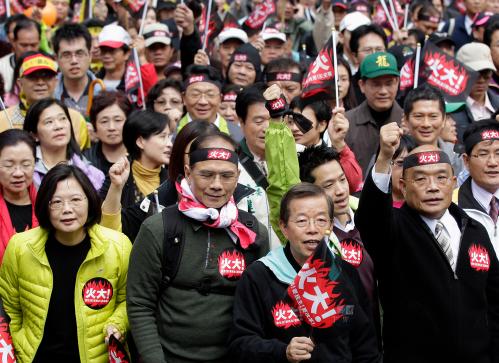
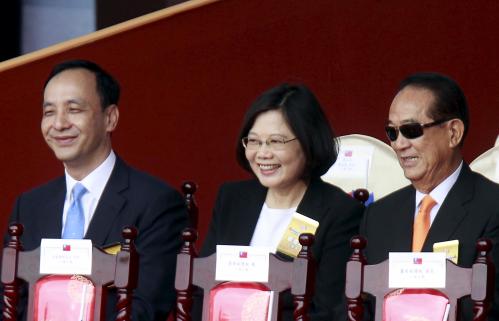
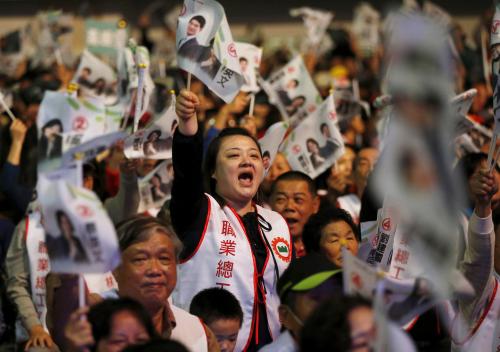

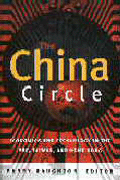
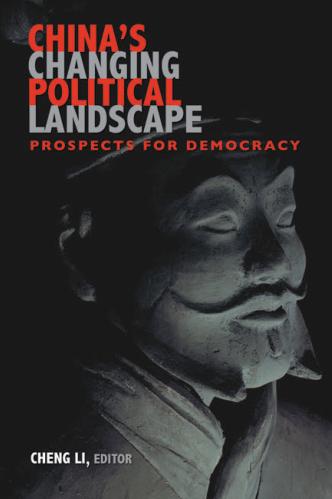

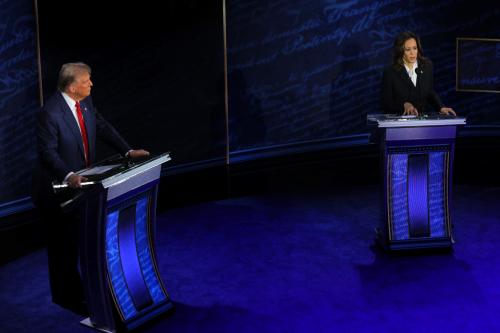
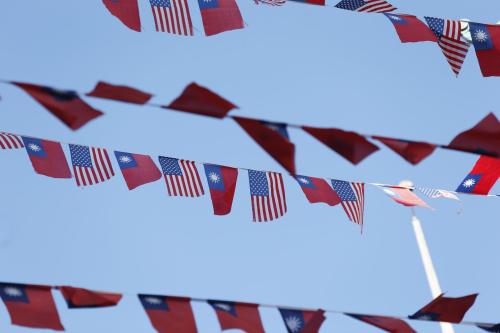
Commentary
Op-edTaiwan’s local elections: The calm before the storm?
December 17, 2018